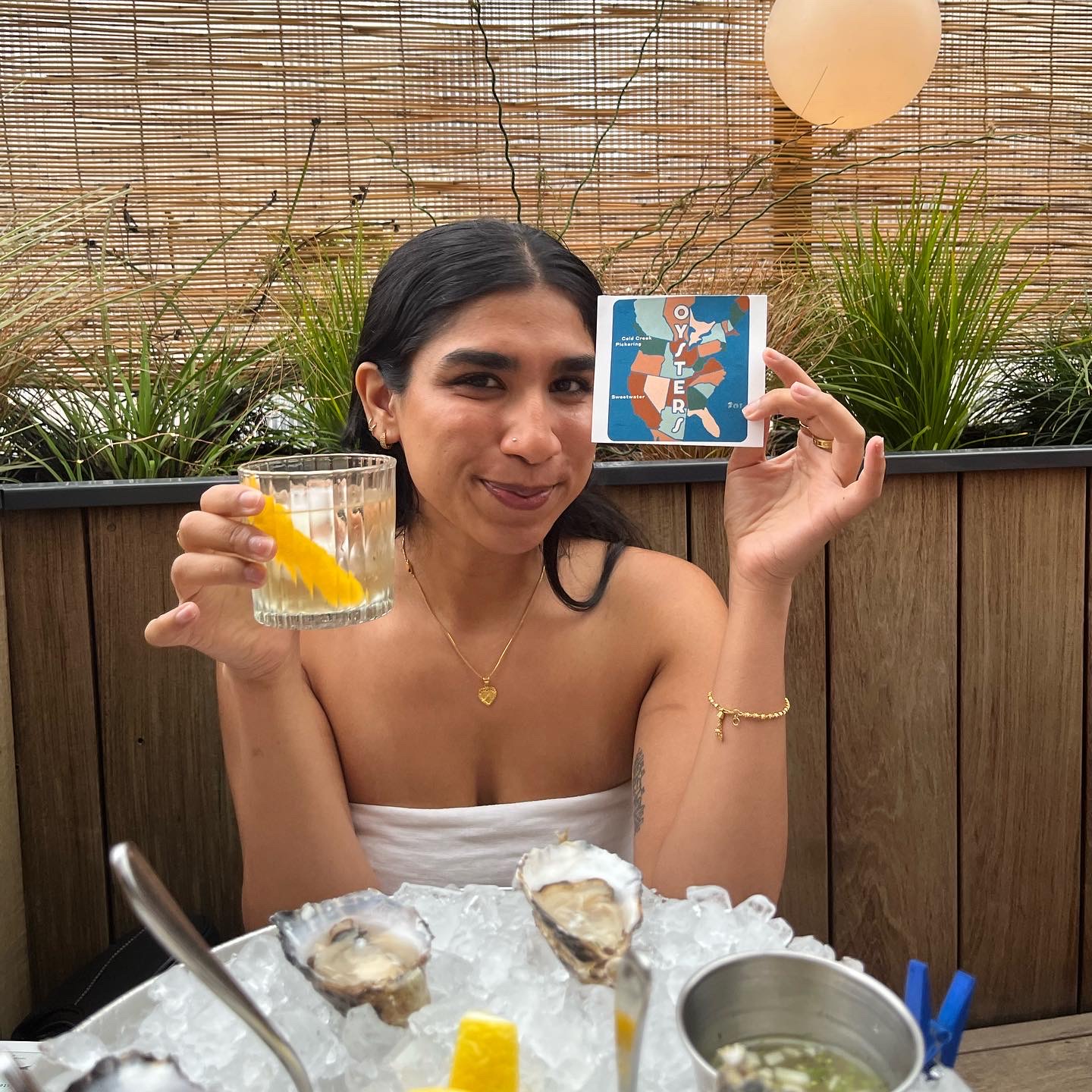The University of California, Berkeley gave me an Asian culture shock, but oh do I love it. In the Central Valley, I can name Mexican desserts, loaves of Portuguese bread, and Indian dishes with ease. Dim sum is a whole new Cantonese ballgame. I am hooked on this Chinese cuisine filled dream, and this is my attempt at satisfying my daily cravings. This is my dim sum diary.
The Traditional
Hong Kong East Ocean Seafood Restaurant was an immaculate introduction to the world of exotic Chinese tea houses. At the traditional sit-down dim sum eatery—located on the Northwest Berkeley edge of the San Francisco Bay—bustling tea carts filled with colorful plates of small foods scattered the main dining room. My trailing eyes were focused, intently staring at the shelves of fluffy barbeque pork buns, decadent sesame balls, and egg tarts yellower than the sun.
A time splurge in the best sense, a nice dim sum brunch can last up to two hours as you catch up with friends or spend quality time with family. Dim sum, traditionally, is not meant to be consumed alone. It’s commonly translated to “touch the heart,” an apt description as we casually peruse the endless selection of small plates and tea kettles. My eyes wander to and from my food and friends.
The modest nature of each dish encourages a shotgun ordering process, quickly covering a large variety of food before the bill becomes too costly. I cannot relate. My first time at Hong Kong East Ocean Seafood Restaurant? My small trio racked up a $106 bill as we kept nibbling on the multitude of little dishes. More conversation rolled into more time rolled into more dim sum equates to a killer meal.
#SpoonTip: Be prepared for a food coma and make sure to bring your best friends.
The Grab and Go
On the other end of the dim sum spectrum is the grab and go. I ended up in Oakland Chinatown at Tao Yuen Pastry, a dimly lit storefront suitable for any Godfather opening scene. There is a romantic air to a packed storefront—plates and boxes stacked to the ceiling, rice spilling out of brown sacks, the smell of food wafting through every pore. As with most Asian markets, the overarching mentality remains serving more people in less time. As I moseyed the sidewalk, I was unfortunately surprised with the line of patrons who wrapped out the door. With no seating and no space, Tao Yuen is the epitome of #cheapeats.
The Chinese aunties barked orders in Cantonese, not a word of English to be heard. Since I had traveled here without my normal Chinese counterparts, I alone attempted to maneuver wholly the Chinese menu. Unadventurously, I stuck with traditional favorites. I avidly pointed to Lo Bak Go (a savory turnip and radish cakes filled with meat), Har Gow (classic shrimp dumplings), and Siu Mai (open-faced dumplings with ground pork and shrimp), and the hunched grandmother behind the counter expertly understood. Here is a more comprehensive list of go-to dim sum eats to get your foodie on.

Paying only in cash and eating on the street corner, I can see Tao Yuen’s appeal—dim sum is perfect for the undecided. When ordering from a traditional menu, there is always an uneasy feeling of “what if.” With dim sum, my troubles are alleviated, as the odds are in my favor. Statistically, I will successfully order at least five or six delicious treats within the massive amount of menu options.
The variety in sample sizes provides legitimacy for greedy eaters. Even if I am found overwhelmed with my selections, I can ask for an array of indulgent snacks. Pack and go, anyone? My Uber driver will thank me for the delicious smells.
I am an Indian girl attempting to live vicariously through dim sum in the Cantonese world. I still have much to learn, many restaurants to visit, and bolder dim sum choices to try. If you want to push your comfort zone, find your way to any dim sum shop and point to anything behind the sliding glass. Point to what you don’t understand and eat. Prepare your taste buds for the shock of a lifetime.






